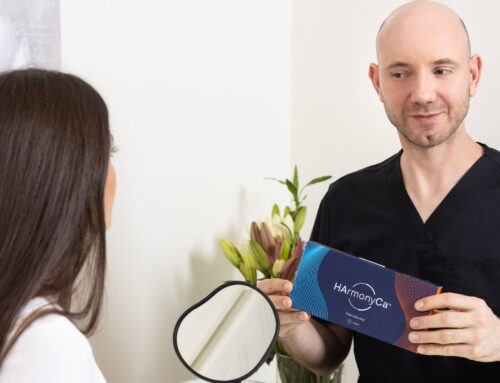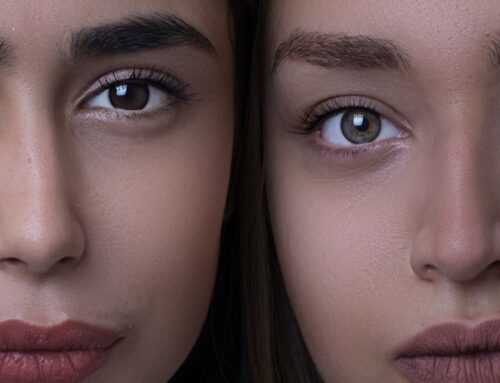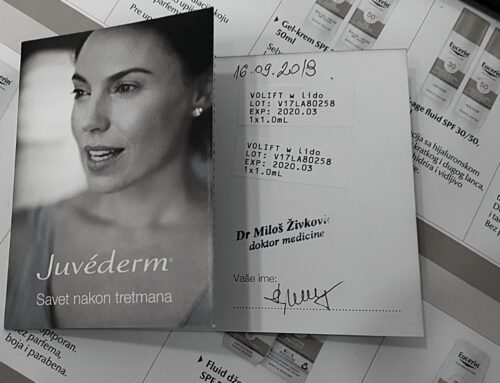In the past, it often happened that the doctor perfectly corrected the wrinkles around the eyes or did an excellent correction of the lips, but the patient was not completely satisfied with the results in the end. The problem actually lies in the emotional experience of one’s own face.
As every change on the face arouses a specific emotion, therefore every correction on the face must also take into account the emotional experience of the patient.
Emotional attributes help us establish good communication with the patient and understand their wishes. The approach using emotional attributes is not only aimed at correcting aesthetic defects, but guarantees a holistic approach that always results in a satisfied patient.
Although patients sometimes think that the definition of wrinkles bothers them, emotional attributes help us to understand what are the real needs of the patient that we should influence with aesthetic interventions.
There are 8 basic emotional attributes: 4 negative and 4 positive.
Negative attributes include:

Positive attributes include:
By applying a certain combination of MD codes, we can achieve positive attributes, or remove negative attributes. That is why the key moment of every treatment is for the doctor to understand how the patient perceives himself and what his emotional expectations are.
It is always the best approach to make a list of priorities and to jointly select the 3 most important attributes to be addressed first by the doctor and the patient. After that, a suitable combination of MD codes is selected that will specifically solve the corresponding attribute.
As a final result, we have a patient who not only has the defect corrected, but we have a patient who is satisfied with his appearance and who feels good in his own skin.






